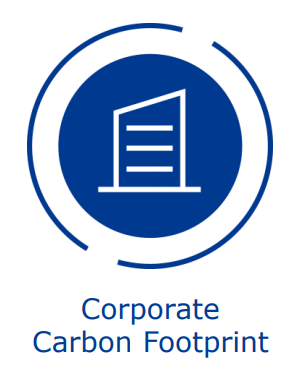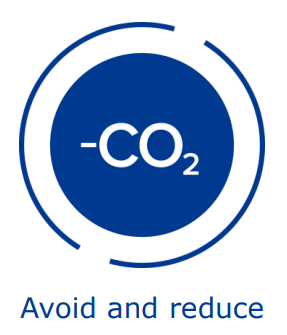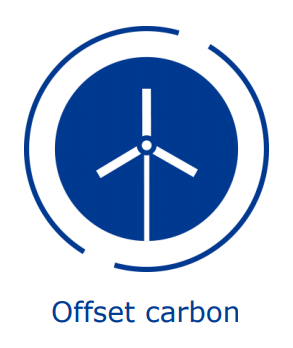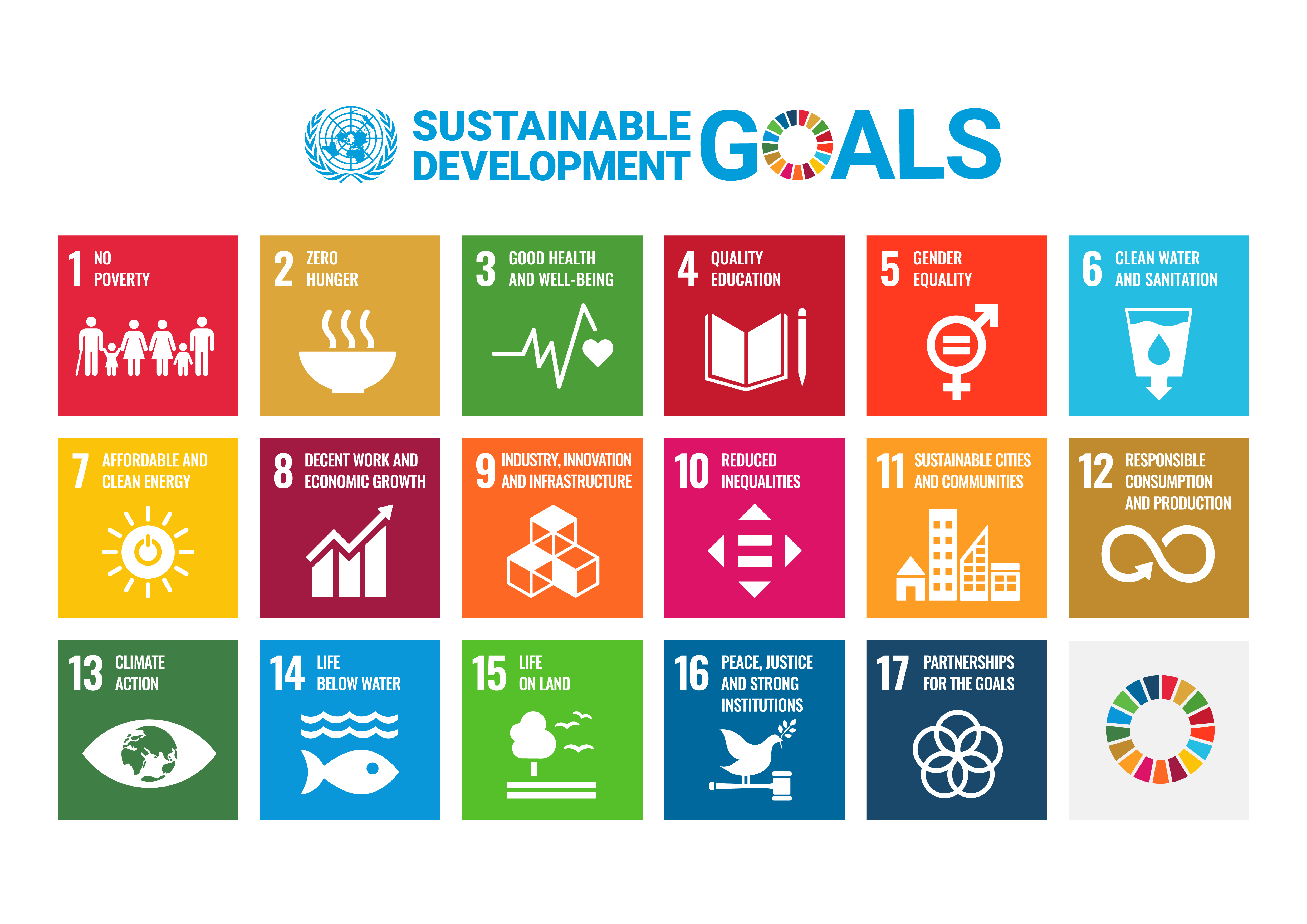 |
Climate Neutrality
|
It is pleasing to advise that AHJ is believed to be the first company operating within the London and International broking community to be recognised as a “Climate Neutral Company”. This status has been achieved after several years of active work to reduce any negative impact our company has on the planet.
Recent evidence, that has been secured from the results of AHJ employee surveys, indicates that the overwhelming majority of colleagues want to live and work in a more environmentally sustainable way. We have, therefore, embarked on a programme of transformation within our working environment. This strategy has allowed AHJ to significantly reduce the number of plastic cups and containers used within our offices in London, Oslo and Copenhagen. In particular, when working together with the building managers at our Minster Court Head Office, our energy consumption, our recycling and waste management capabilities have also seen marked improvement. In addition our business continues to witness a reduction in the usage of paper as the latest advancements employed in our IT systems continue to enable our activities to be conducted in an increasingly sustainable manner.
The charitable donations, which are voted on annually by all employees, have been refocussed towards more environmentally friendly projects to support our objectives in this area. We are conscious however that we cannot completely eliminate our greenhouse gas emissions, therefore we have invested in climate positive projects for 2021 to offset emissions so that we can truly become a Climate Neutral Company.
Furthermore, to assist those of our clients who are interested to understand the positive impact that participants within our industry can have upon the climate, AHJ has successfully developed a system whereby we can provide an assessment of the sustainability credentials of a reinsurance panel should this prove to be of assistance when looking to determine their future business partners.
Our steps in detail:
 |
1. |
Calculate carbon emissions
Together with ClimatePartner we have calculated our CCF – Corporate Carbon Footprint. This includes emissions from sources such as energy and heating, business travel, employee commuting, office supplies and everything else that we use in the operation of our company.
|
 |
2. |
Avoid and reduce emissions
Our CCF calculation shows us where we need to reduce our carbon emissions. We update it every year to monitor our progress and identify additional areas for improvement.
|
 |
3. |
Carbon offset
For the time being, some emissions remain unavoidable. We offset them by supporting projects from the ClimatePartner portfolio. All projects are independently assessed and monitored.
|
 |
4. |
Transparency
You can track our climate neutrality and find more details about the projects we support through the ClimatePartner ID tracking tool: www.climatepartner.com/15896-2104-1002
|
| The projects that we support, through ClimatePartner, not only reduce CO2 emissions but also contribute to many of the UN Sustainable Development Goals (SDGs). For more detailed information about the projects that AHJ are involved with, please click on the label: |

|

1. Wind energy, Vader Piet, Aruba
The power supply on the Caribbean island of Aruba is mainly dependent on diesel and other fossil fuels. This has two major disadvantages: firstly, they have to be imported from abroad and secondly, they cause significant amounts of carbon emissions. Our Carbon offset project, on the other hand, is doing pioneering work by using the island's natural energy resource: the wind.
2. Forest protection, Kasigau Wildlife Corridor, Kenya
Kasigau Wildlife Corridor is a section of dry forest and savannah that is home to endangered species such as lions, zebras and parrots. Every day during their seasonal migration, 2000 African elephants cross the area. This project, chosen as the Best Offsetting Project in Environmental Finance’s 8th voluntary carbon poll in 2017, has trained over 100 rangers to defend the area, provides education and creates jobs for the local population in factories and small businesses.
3. Hydropower, Virunga, DR Congo
Virunga’s waters are both a source of life and energy. Rivers and streams within the National Park nurture unique plants and animals, such as the world’s last remaining wild mountain gorillas. Africa's oldest national park on the eastern border of the Democratic Republic of Congo has the greatest biodiversity of the entire continent. The currents of the Rutshuru River are used to generate sustainable energy through the small Matebe run-of-river power plant. With a capacity of 13 megawatts, the plant generates clean electricity for households and small businesses giving about four million inhabitants access to electricity for the first time.
4. Solar Energy, Outapi, Namibia
In Namibia, the sun shines an average of 10 hours a day – it is one of the sunniest countries on earth and therefore has enormous potential for solar energy. However, the country imports 60 percent of its electricity from neighbouring countries and 40 percent of the rural population has no access to electricity at all. In northern Namibia, a ten-hectare solar energy farm produces 9,000 MWh of energy per year. The project contributes to increasing the share of renewable energies in Namibia's electricity mix to increase and improve the national and regional power supply.
5. Wind Energy, Sangli, India
Harnessing the power of wind, the project uses environmentally safe and sound technologies in the renewable energies sector to produce clean electricity and supply it to the Indian grid. Therefore, a new wind power plant has been set up in Sangli District, which is located in the state of Maharashtra in central-western India. The plant consists of 17 wind turbine generators of 2 MW each that together generate around 67,133 MWh of electricity per year. This will enhance power transmission in the area, while decreasing distribution congestion. The project activity would further help with the alleviation of poverty as it creates employment opportunities for local people. All employees receive an equal salary and quarterly trainings on skill and personal development.